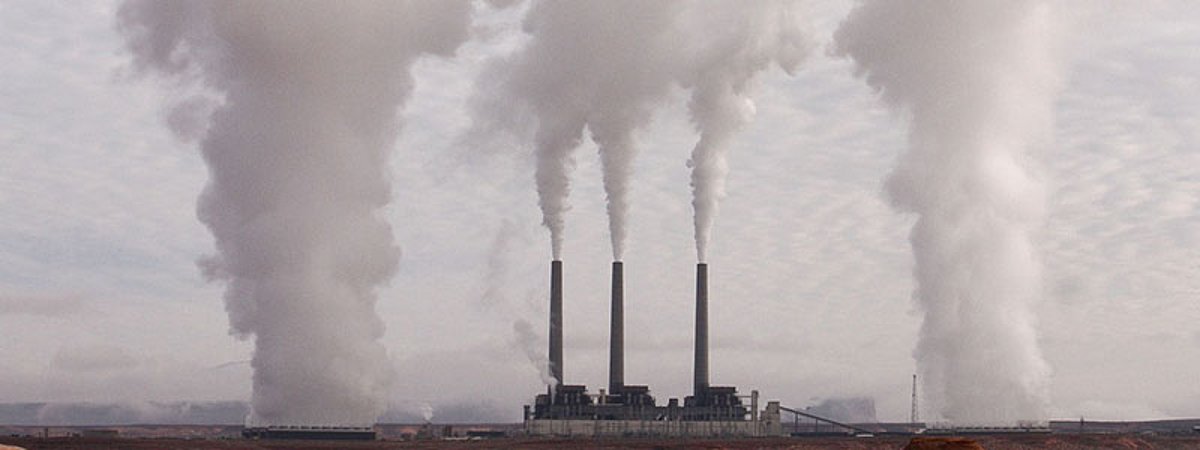Hot-dip galvanizing industry association for uniform calculation of the CO2 footprint

The Industrieverband Feuerverzinken is committed to ensuring that there are uniform standards for calculating the CO2 footprint and circularity. The focus here is on transparent calculation.
CO2 calculation and sustainability aspects are becoming increasingly important. The calculation tools are developing rapidly in this respect. The Industrieverband Feuerverzinken is now drawing attention to the fact that sustainability values cannot be easily compared with one another. The current Environmental Product Declaration (EPD-BFS-20180167-IBG1-DE) for hot-dip galvanized structural steels, which is valid until the end of this year, is being revised. This revision is due to changing data and more advanced sustainability assessment methods. The original Environmental Product Declaration was drawn up in accordance with the European standard EN 15804:2012-04+A1:2013. As sustainability methodology is constantly evolving, these standards are also subject to continuous change, with accounting frameworks and rules being updated. The revised EPD for hot-dip galvanized structural steels will be prepared according to the latest version EN 15804:2012+A2:2019 + AC:2021 and published in early 2024. The methodological changes mean that "old" and "new" EPDs are essentially not comparable as they use different calculation rules. The Industrieverband Feuerverzinken emphasizes the need for an informed comparison of EPDs, where only EPDs on the same standardization basis and the same product category rules (PCR) can be compared. There are also considerable differences in the balance framework, as different EPDs use different reference values. For example, the EPD of the European association EGGA is based on the reference value of one year of corrosion protection for 1 m² of steel surface with a sheet thickness of 8 mm. This shows very impressively that this EPD data cannot be equated with the EPD data of the Industrieverband Feuerverzinken e.V. with the reference value of 1 tonne of hot-dip galvanized steel.
Mark Huckshold, Managing Director of the Industrieverband Feuerverzinken, emphasizes: "It is counterproductive to compare apples with pears when it comes to the urgent sustainability assessment. In the end, the consumer and society fall by the wayside. We need maximum transparency and an understanding that only EPDs with the same boundary conditions can be compared with each other. As an association, we are committed to a serious, transparent, fact-based and valid calculation." The Industrieverband Feuerverzinken is calling on legislators to introduce more binding calculation methods for determining the CO2 footprint. At the same time, there must be a transparent procedure for comparing EPD values. The Industrieverband Feuerverzinken is updating the EPD for hot-dip galvanized steels in accordance with the current standards. This EPD is verified by independent experts and published by the Institut für Bauen und Umwelt (IBU). This provides decision-makers in society, authorities and industry with up-to-date and independent data for sustainability assessments. In addition, next year we will present a calculation of the corporate carbon footprint (CCF) for hot-dip galvanizing plants and work intensively on the standardization of these methods. Sebastian Schiweck, Managing Director of the Industrieverband Feuerverzinken, explains his wish: "As an association, it is our duty to actively help shape the solution. We are fulfilling this duty. That is why we will be presenting a tool developed by independent experts over the course of next year for calculating the CCF with information on CO2 per tonne of hot-dip galvanized steel. In this way, we are creating transparency and helping to shape standardization work in the field of sustainability assessment."
